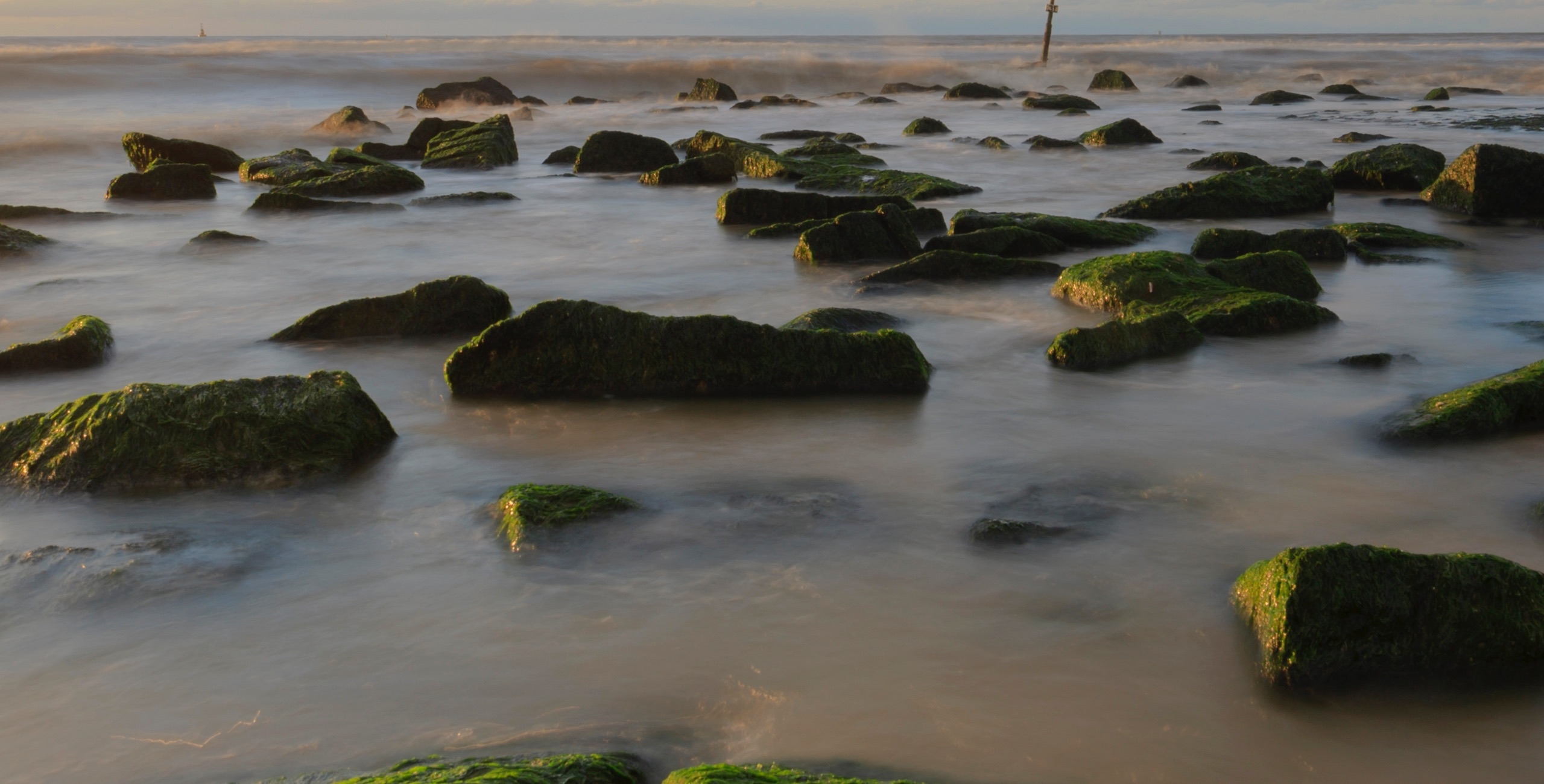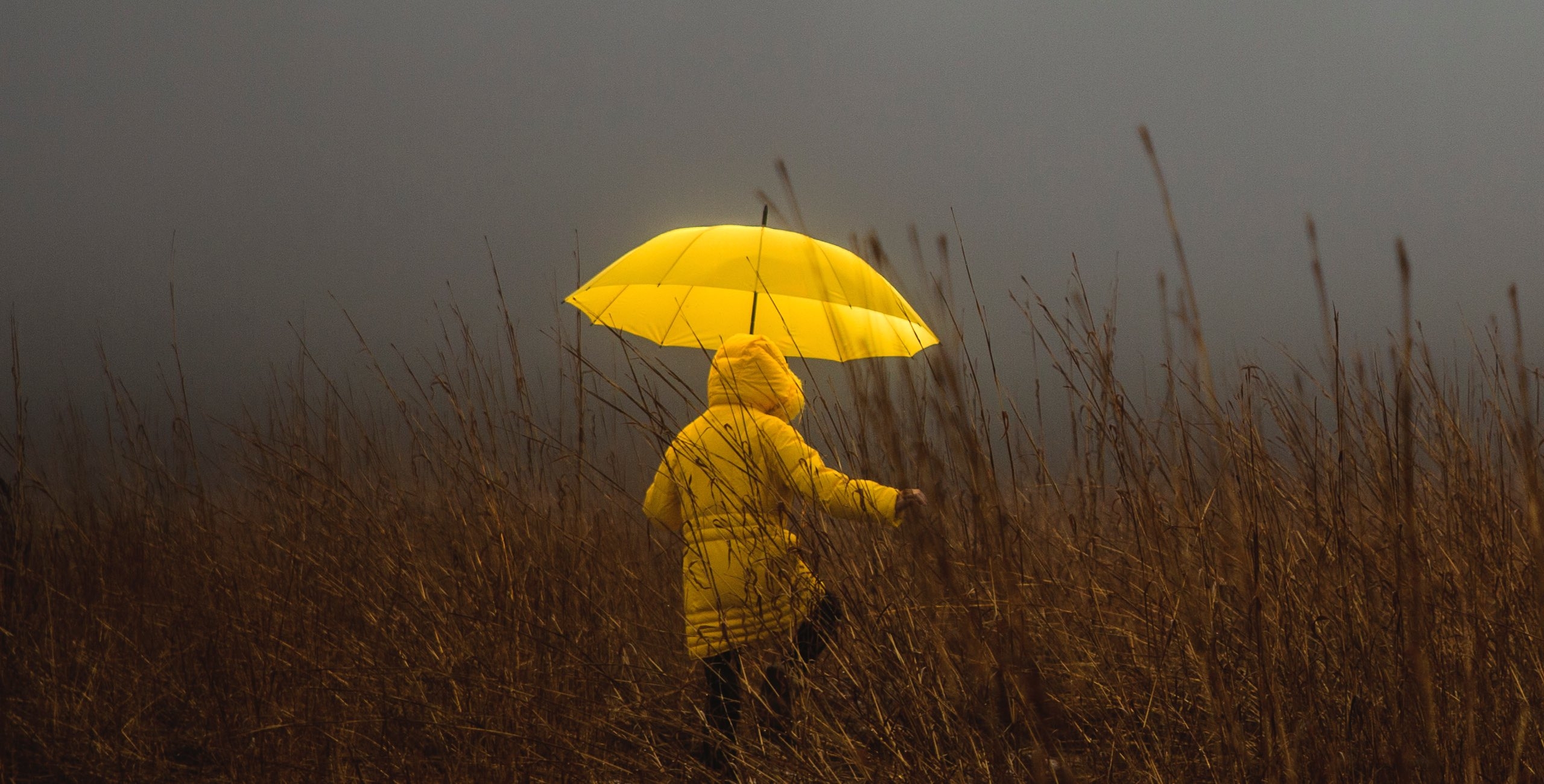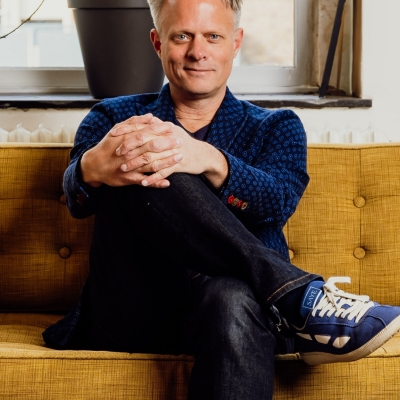Next-generation National Parks
Holland is looking for new National Parks: BLOC has already started!
The Netherlands has twenty national parks. Most Dutch people know the Hoge Veluwe and the Biesbosch, but many are unaware that Dwingelderveld and the dunes of Texel are also on the list. And then there are another twenty national landscapes, from Het Groene Hart and Zuid-Limburg to Winterswijk and Middag Humsterland. There was an idea behind the creation of each one, but they have never become real trademarksAt the end of 2014, the MPs Stientje van Veldhoven and Lutz Jacobi submitted a proposal to make the parks into a strong brand: New-Style National Parks. These must offer the best of the Dutch countryside and speak to the international imagination, as well as contributing to the growth of recreation and tourism and preferably being larger and fewer in number than the existing parks. A programme was therefore instigated to create ‘World-Class National Parks“ by 2018.
This is not a lot of time to introduce a new brand and put it on the market. But it can still be done, provided people do not waste too much time on discussions about borders, support, governance and economic capital. The world-class parks exist even now, and stakeholders are hard at work developing a coherent approach to facilitate access to these areas and expand the range of experiences in line with the tenets of Van Veldhoven and Jacobi.

Dutch Delta National Park
One of those areas is the Dutch Delta National Park, which runs roughly in a triangle between Rotterdam, Gorinchem and Middelburg. It also includes the beautiful old towns of Dordrecht, Willemstad, Bergen op Zoom and Tholen, and unique icons such as the Kinderdijk UNESCO world heritage site, Loevestein castle, the fortifications of Willemstad, and the Delta Works. It connects the Biesbosch and Oosterschelde national parks and the Groene Hart and Hoekse Waard national landscapes. The story of man’s struggle against water, and of waterborne trade, is apparent everywhere you look.
Work on the National Park Dutch Delta has been underway for several years. The Kinderdijk UNESCO world heritage site has a beautiful new visitor centre, and a ‘museum island’ has just been opened in the Biesbosch, winning the coveted Archetizer Award. In Brabant, the Zuiderwaterlinie has been brought back to life, the oldest and longest line of waterways in the Netherlands, with a series of amazing fortifications. The Haringvliet has been transformed into a unique delta nature reserve that will soon also be home to sturgeon and osprey. And on the outskirts of the area, Rotterdam is working on the World Expo and a power-generating ferris wheel.
The accessibility of the area has been greatly improved. A waterbus fast-ferry network has been developed with a direct connection from Rotterdam via Kinderdijk to the Biesbosch and Dordrecht. This is now being extended eastwards to Gorinchem and Loevestein and west to Willemstad and the island of Tiengemeten in the Haringvliet. A river cruise port is being built at the centre of the area for a rapidly growing number of travellers. Provinces, municipalities, environmental organizations, companies and residents are working together to create everything you’d expect we expect from a world-class national park.

Name it
The Dutch Delta national park is not yet an entity in its own right, but a series of increasingly connected areas: Waterdriehoek, Groene Hart, Vestingdriehoek, Biesbosch, Hoeksche Waard, Oosterschelde, Waterpoort and Haringvliet. But the name exists, and eventually the park will become a self-fulfilling prophecy.
BLOC has already begun this process by developing the financial and economic strategy for Kinderdijk, managing the public-private partnership in the Waterdriehoek, drawing up the investment programme for the Biesbosch and the approach for the Vestingdriehoek, connecting the Waterbus to the Haringvliet and co-developing the economic approach for all the parks as a whole.
The World-Class National Parks already exist

